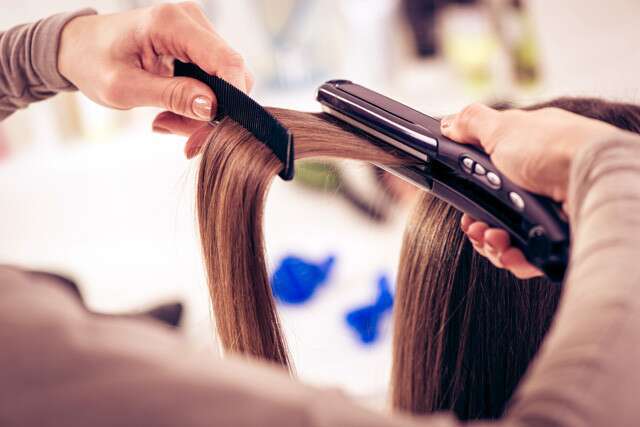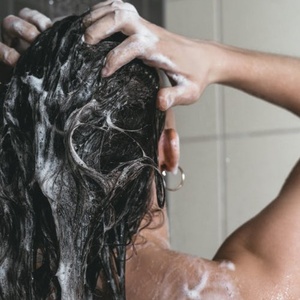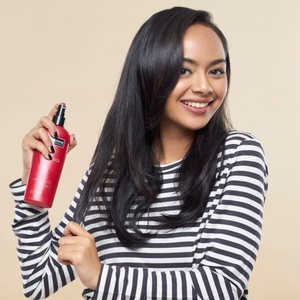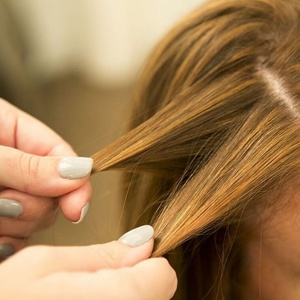
Lessening Hair Damage When Using a Straightener
Heat can damage your hair very quickly, even with only one use, but damage can easily be prevented if you follow a proper regime before applying heat to your hair. Following an adequate regime does not only prevents hair damage but will also provide a better-looking hair once straightened.
Is straightening good for your hair?
Obviously, the direct answer is a no, but unlike curling, there is still no way to heatlessly straighten your hair. So if you are desiring sleek straight hair, then there is no alternative way to do so. Hence straightening should not only be done with proper hair preparation but should not be done regularly.
Clean Your Hair

Start by washing your hair with a gentle and nourishing shampoo. “Straightening” shampoos may look like the right choice, however, the better option is a shampoo labelled with smoothing or nourishing would do the trick. Using a conditioner in the shower would also help in ensuring your hair stays nourished while applying heat. An already dry hair subjected to more heat would result in irreversible damage as well as a frizzy result.
Dry Your Hair

If you have time, DO NOT use any more heat like a blow-dryer as, believe it or not, blow-dryers can cause more damage than any straightener can. If you need to rush and use the blow-dryer, the best option is rough drying which basically is drying your hair only 80% with the appliance, then use allow your hair to either air or towel dry the other 20%. Ensure that your hair is completely dry before straightening. NEVER straighten wet hair.
Thermal Protectant

A heat protectant spray protects hair from heat damage produced by styling tools including curlers, straighteners, and blow dryers. It’s usually a leave-in product that you use before you start styling your hair. Heat protectant spray coats your hair in a protective layer that shields it from the heat generated by styling appliances. Heat protectant sprays do not protect hair from heat styling equipment, so keep that in mind. They can only help to lessen the damage. If your hair is dry, brittle, frizzy, or prone to split ends, it may be damaged and need special attention.
Proper Temperature
Use the right temperature for your hair; as much heat as possible should be avoided. Fine hair textures should be kept between 350 and 375 degrees Fahrenheit, whereas coarse or thick hair should be kept between 400 and 450 degrees Fahrenheit.
Straighten One Section at a Time

It’s not a good idea to grab fistfuls of hair at random. You don’t want to reapply heat needlessly because the iron won’t be able to get to the thicker portions. Split your hair in the back in the middle and pull it front. This will give you two pieces to deal with, but if your hair is thick, you might want to cut it into four portions. One of the most important hair straightening recommendations is to divide your hair carefully. Other than proper sectioning, make sure you straighten one inch away from your roots, keep your scalp safe.
Add Finishing Products to Reduce Frizz and Add Shine
Finishing products are your allies, not your foes, if your hair is prone to frizz or curling. The best choice for this is using a light hold hairspray, but before spraying your hair with a holding spray, make sure that your hair is already cooled down enough, hot hair with products is never a good idea.
Type of Heat Plates
There are different kinds of heat plates, most common are titanium, tourmaline as well as ceramic. It might be tempting to grab an aluminum plate, but NEVER have an aluminum plate get close to your hair. Because this metal is a strong heat conductor, as well as being light and inexpensive, it was a natural choice for the production. However, it had one big disadvantage: constant use was extremely harmful to the hair, leaving it dry and prone to breakage. Only the lowest-quality hair straighteners are now manufactured entirely of aluminium.
Last Updated on
